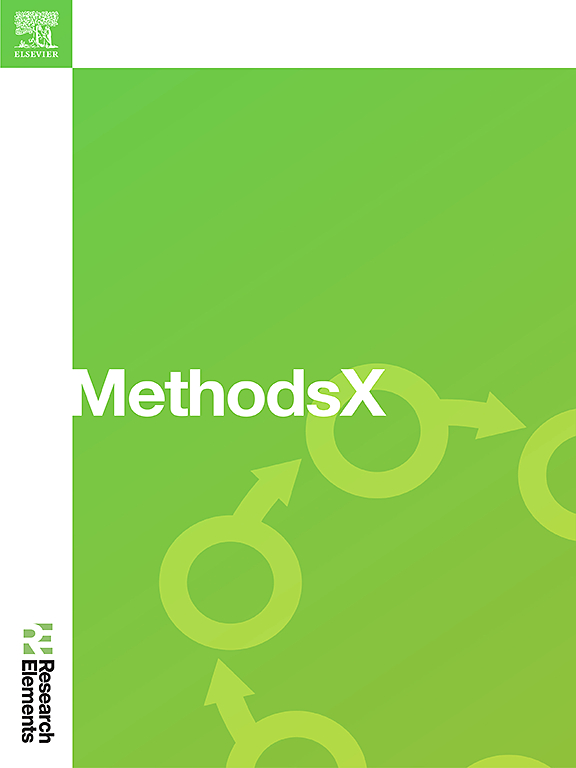Enhancing network lifetime in WSNs through coot algorithm-based energy management model
IF 1.6
Q2 MULTIDISCIPLINARY SCIENCES
引用次数: 0
Abstract
To improve the performance of Wireless Sensor Networks (WSN), this study offers a novel energy-efficient clustering and routing technique based on the Coot Optimization Algorithm (COA). This addresses issues such as high energy consumption, communication delays, and security.
To ensure energy savings and network reliability, the fitness function evaluates cluster heads and best routes based on constraints.
COOT outperforms other Metaheuristics Algorithms like Butterfly Optimization Algorithm, Genetic Algorithm, Tunicate Swarm Gray Wolf Optimization Algorithm, and Bird Swarm Algorithm in simulation with performance measurements and enhancing network functionality and protection.
Key methodology points include:
- •Proposed a multiple constraints clustering and routing technique using COAto solve the most crucial issues that arise in WSNs.
- •Integrated an advanced fitness function that determines cluster head selection, and the routing path based on residual energy, delay, security, trust, distance, and link quality so that energy load is evenly distributed and credible data flow is maintained across the network and made Innovative and Effective Solution.
- •Proven Results Demonstrated superior network performance, achieving the lowest delay, highest network lifetime (3571 rounds) and enhanced security (0.8) and trust (0.6) compared to existing algorithms with less energy consumption, making it the most suitable solution for WSN performance improvement.

通过基于coot算法的能量管理模型提高无线传感器网络的生存期
为了提高无线传感器网络(WSN)的性能,提出了一种基于Coot优化算法(COA)的新型节能聚类和路由技术。这解决了高能耗、通信延迟和安全性等问题。为了保证节能和网络可靠性,适应度函数根据约束条件评估簇头和最优路由。COOT在模拟性能测量和增强网络功能和保护方面优于其他元启发式算法,如蝴蝶优化算法、遗传算法、被囊群灰狼优化算法和鸟群算法。提出了一种使用coto的多约束聚类和路由技术来解决wsn中出现的最关键问题。•集成了先进的适应度功能,决定簇头选择,并基于剩余能量、延迟、安全、信任、距离和链路质量等因素确定路由路径,使能量负荷均匀分布,保持网络中可靠的数据流,成为创新有效的解决方案。•经过验证的结果与现有算法相比,展示了卓越的网络性能,实现了最低的延迟,最高的网络生存期(3571轮),增强了安全性(0.8)和信任度(0.6),能耗更少,使其成为WSN性能改进的最合适解决方案。
本文章由计算机程序翻译,如有差异,请以英文原文为准。
求助全文
约1分钟内获得全文
求助全文
来源期刊

MethodsX
Health Professions-Medical Laboratory Technology
CiteScore
3.60
自引率
5.30%
发文量
314
审稿时长
7 weeks
期刊介绍:
 求助内容:
求助内容: 应助结果提醒方式:
应助结果提醒方式:


